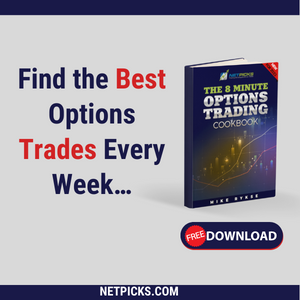VXX Stock – Everything You Need To Know (Part 1)
With the explosion in popularity of volatility products, both for options traders and investors in general, it’s a good idea to have a solid understanding of what’s out there. As you may realize, the single most important volatility benchmark is the VIX (CBOE’s S&P 500 volatility index). However, the VIX itself isn’t tradable.
That’s where iPath S&P 500 VIX Short-Term Futures ETN comes in… most commonly referred to by its symbol, VXX.
First off, VXX isn’t technically a stock – it’s an Exchange Traded Note (ETN). However, VXX trades like a stock and is quoted like a stock, so most investors and traders refer to it as a stock.
On most days, VXX is the most widely traded volatility product on the market. Actually, it’s often one of the most widely traded names on the market, period.
So what is VXX and why is it so popular?
VXX is basically an index tracking ETN which offers exposure to the first and second month VIX futures contracts. It’s designed to provide investors with access to equity market volatility through VIX futures.
Keep in mind, the VIX itself is not a tradable contract. As such, the most common way to trade the VIX is by using futures or options on the index. However, futures (and options on futures) aren’t suitable for many people.
That’s where VXX comes in…
In general, the most important or meaningful futures contracts are the front month futures (those closest to expiration). Typically, the first and second month futures for any product trade the most often. That’s true for the VIX as well.
VXX tracks the first and second month futures for the VIX using a daily rolling position. That is, the index starts a given period as a roughly equal mix between the first and second month. As the first month future approaches expiration, the weighting shifts more and more to the second month until the entire position is rolled into the new second month future (formerly the third month) upon expiration of the first month contract.
It may sound a bit confusing, but it’s a standard tracking method when dealing with multiple expirations in one product. Basically, it’s a way to keep the price action smooth as tracking is rolled from one month to the next.
Here’s the important part…
VXX does not track the VIX itself, just the first two VIX futures contracts. It’s a way to trade or invest in short-term volatility as measured by front month VIX futures.
Keep in mind, short-term volatility is often what concerns investors the most. We’ll discuss the reasons why this is true in Part 2, as well as discuss why or why not you’d want to trade or invest in VXX.
Yours in Profit,
Gordon Lewis
Category: Options Trading, Stocks



